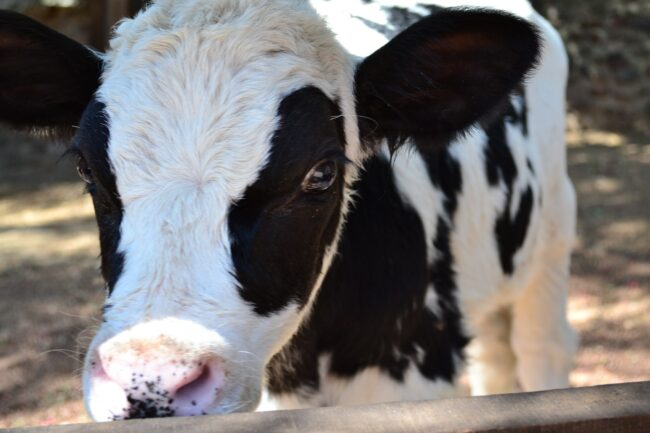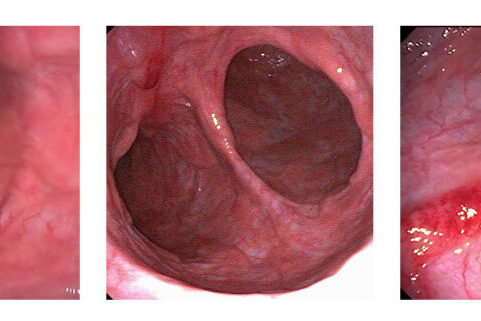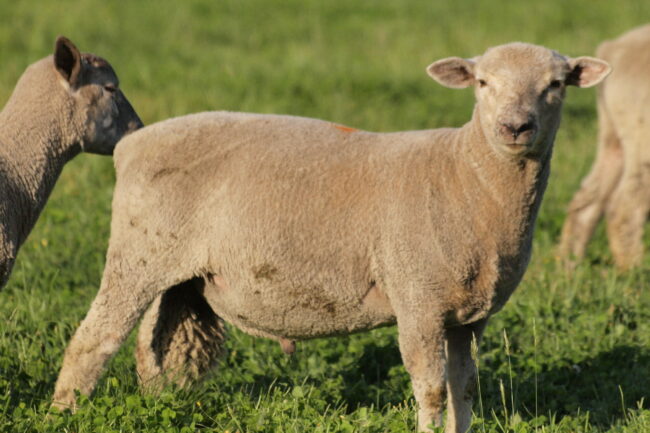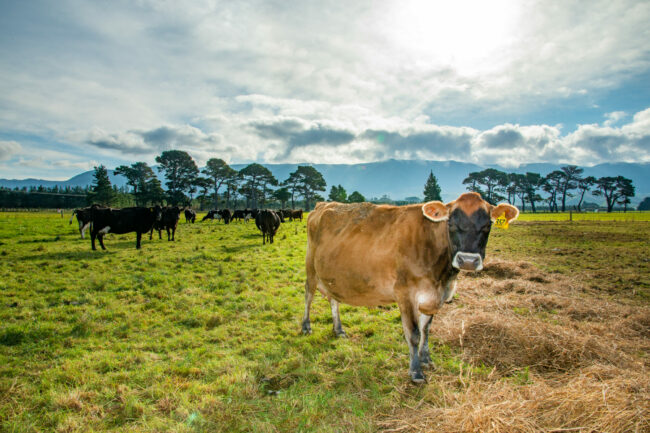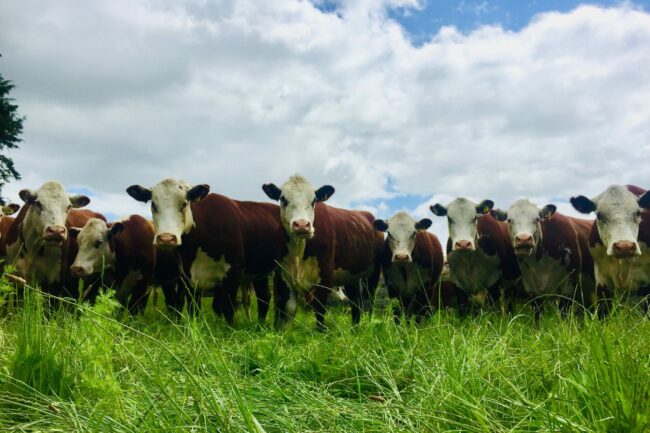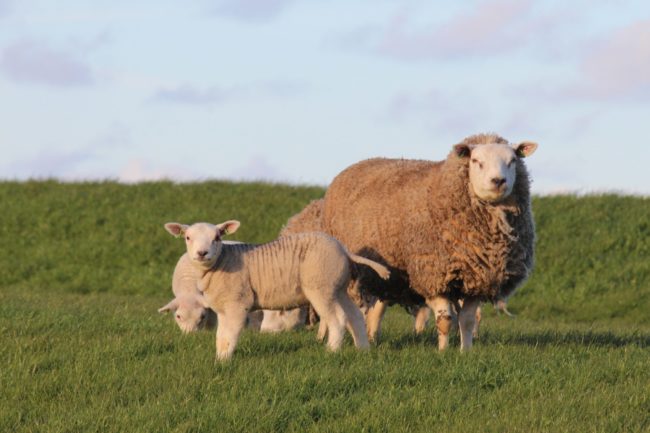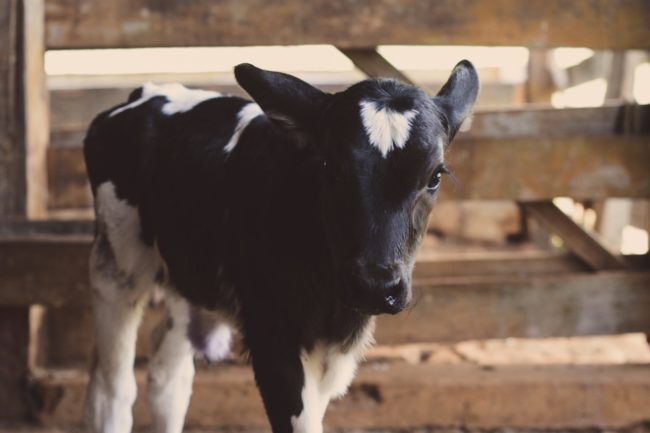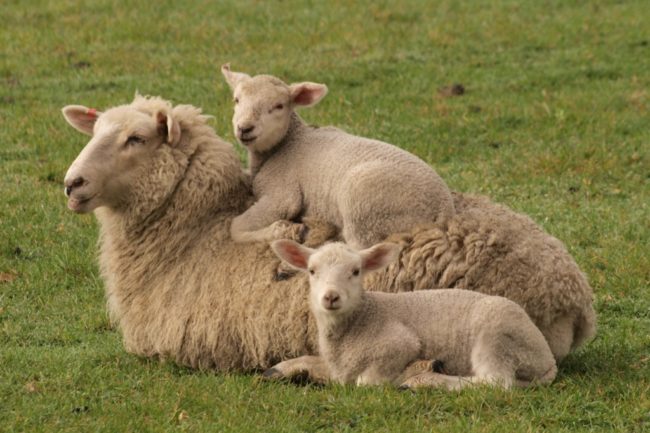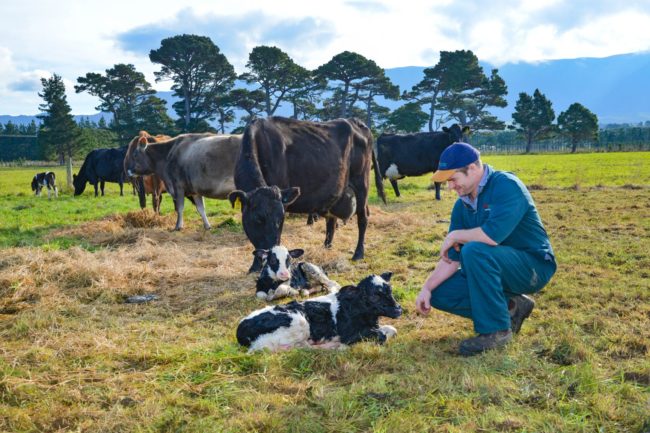DAIRY SEMINAR
Join us for our annual Spring Dairy Seminar. We are hosting a Dairy Seminar around the topic of spring calving, transition management, metabolic issues, and setting your farm up for spring performance. Free to attend with morning tea provided. We encourage you to bring along your workers, neighbours and mates (just remember to RSVP for…
Details


